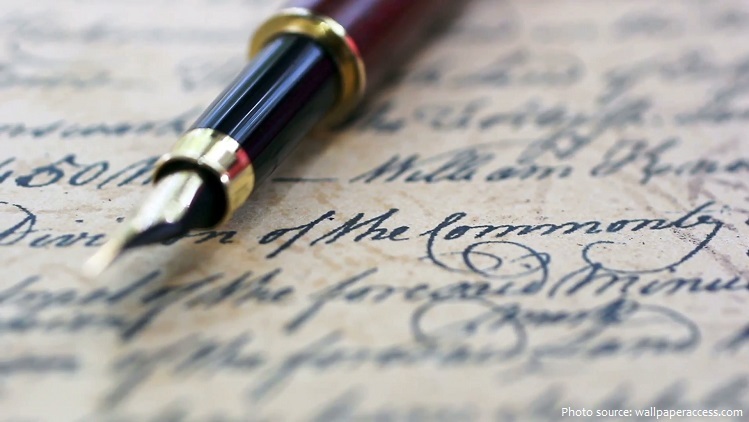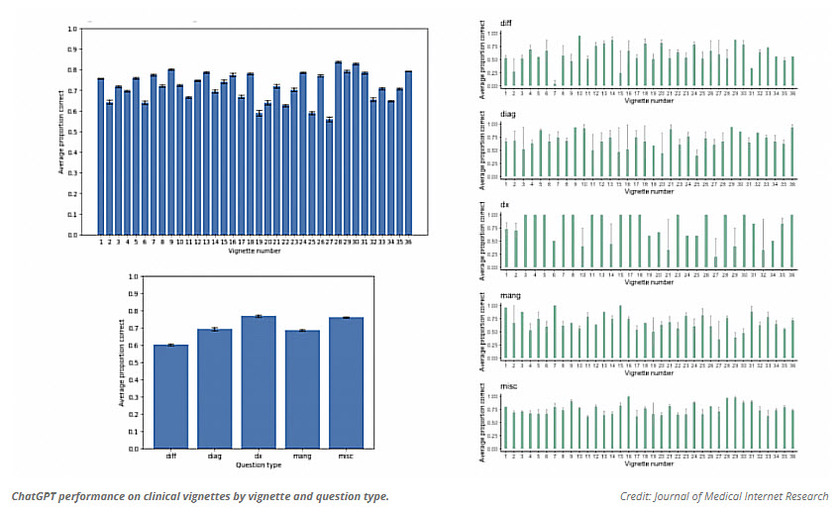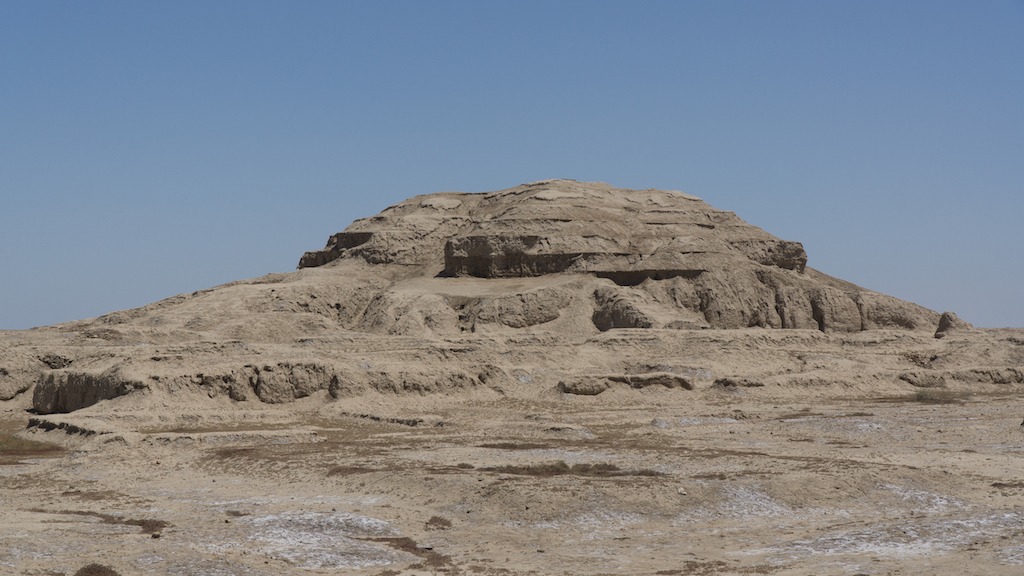Something sadly we do not use as much as we used to, but pens are still interesting. The following is from interesting facts website. So shell I begin putting pen to paper? Well in this case digital pen to digital paper:
"A pen is a tool for writing or drawing with a coloured fluid such as ink.
Historically, reed pens, quill pens, and dip pens were used, with a nib dipped in ink.
Ruling pens allow precise adjustment of line width, and still find a few specialized uses, but technical pens such as the Rapidograph are more commonly used.
Modern types include ballpoint, rollerball, fountain and felt or ceramic tip pens.
The earliest ancestor of the pen probably was the brush the Chinese used for writing by the 1st millennium BC.
Ancient Egyptians employed thick reeds for penlike implements about 300 BC.
A specific allusion to the quill pen occurs in the 7th-century writings of St. Isidore of Sevilla, but such pens made of bird feathers were probably in use at an even earlier date. Quill pens were widely used in the 18th century, and were used to write and sign the Constitution of the United States in 1787.
‘New invented’ metal pens are advertised in The Times in 1792. A metal pen point was patented in 1803, but the patent was not commercially exploited. A patent for the manufacture of metal pens was advertised for sale by Bryan Donkin in 1811. John Mitchell of Birmingham started to mass-produce pens with metal nibs in 1822, and after that, the quality of steel nibs improved enough so that dip pens with metal nibs came into general use.
While a student in Paris, Romanian Petrache Poenaru invented the fountain pen, which the French Government patented in May 1827.
John Mitchell of Birmingham, England, is credited with having introduced the machine-made steel pen point in 1828. Two years later the English inventor James Perry sought to produce more-flexible steel points by cutting a centre hole at the top of a central slit and then making additional slits on either side.
The inconvenience of having to continually dip a pen to replenish its ink supply stimulated the development of the fountain pen, a type of pen in which ink is held in a reservoir and passes to the writing point through capillary channels. The first practical version of the fountain pen was produced in 1884 by the American inventor L.E. Waterman.
Ballpoint pens date from the late 19th century. Commercial models appeared in 1895, but the first satisfactory model was patented by Lázló Bíró, a Hungarian living in Argentina. His ballpoint pen, commonly called the “biro,” became popular in Great Britain during the late 1930s, and by the mid-1940s pens of this type were widely used throughout much of the world.
Slavoljub Eduard Penkala, a naturalized Croatian engineer and inventor, became renowned for further development of the mechanical pencil (1906) – then called an “automatic pencil” – and the first solid-ink fountain pen (1907). Collaborating with an entrepreneur by the name of Edmund Moster, he started the Penkala-Moster Company and built a pen-and-pencil factory that was one of the biggest in the world at the time.
In the 1960s, the fiber or felt-tipped pen was invented by Yukio Horie of the Tokyo Stationery Company, Japan. Paper Mate’s Flair was among the first felt-tip pens to hit the US market in the 1960s, and it has been the leader ever since. Marker pens and highlighters, both similar to felt pens, have become popular in recent times.
Rollerball pens were introduced in the early 1970s. They use a mobile ball and liquid ink to produce a smoother line. Technological advances during the late 1980s and early 1990s have improved the roller ball’s overall performance. A porous point pen contains a point made of some porous material such as felt or ceramic. A high quality drafting pen will usually have a ceramic tip, since this wears well and does not broaden when pressure is applied while writing.
The current title holder for the world’s most expensive pen is the Fulgor Nocturnus by the famous pen-makers Tibaldi of Florence. This fountain pen sold for $8 million in a 2010 auction in Shanghai, China. It was created based on the Divine Proportions of Phi, so the ratio between the cap and the visible portion of the barrel when the pen is closed is equal to the phi ration 1.618. In addition to its divine shape, the pen is decorated with 945 black diamonds and 123 rubies.
The longest lasting pen friendship (pen pals) is 78 years 160 days, and was achieved by Ruth Magee (Canada) and Beryl Richmond (UK), on 20 April 2018.
The current title holder for the world’s most expensive pen is the Fulgor Nocturnus by the famous pen-makers Tibaldi of Florence. This fountain pen sold for $8 million in a 2010 auction in Shanghai, China. It was created based on the Divine Proportions of Phi, so the ratio between the cap and the visible portion of the barrel when the pen is closed is equal to the phi ration 1.618. In addition to its divine shape, the pen is decorated with 945 black diamonds and 123 rubies.
The longest lasting pen friendship (pen pals) is 78 years 160 days, and was achieved by Ruth Magee (Canada) and Beryl Richmond (UK), on 20 April 2018.
The longest chain of marker pens consists of 7,210 pens and was achieved by Carine Primary School (Australia) at their campus in Carine, Western Australia, Australia on 30 October 2014.
The largest ball point pen measures 5.5 m (18 ft 0.53 in) long and weighs 37.23 kg (82.08 lb 1.24 oz). The pen was made by Acharya Makunuri Srinivasa (India) and was presented and measured in Hyderabad, India,
on 24 April 2011.
Angelika Unverhau of Dinslaken, Germany, has the largest collection of ball-point pens with 285,150 excluding duplicates that represent 148 different countries worldwide."

I have lost a lot of faith with the Medical Community and the Governments over the last several years, but there are a few good things that can raise above the corruption and the pushing of drugs a new approach to heal people. The following is from www.gaia.com and written by Hunter Parsons that does not involve any drug or pushing an ineffective so called vaccine that the drug company is not held accountable in any way but they use sound! The use of sound can regrow bone tissue! Here is the story:
"The future of regenerative medicine could be found within sound healing by regrowing bone cells with sound waves.
The use of sound as a healing modality has an ancient tradition all over the world. The ancient Greeks used sound to cure mental disorders; Australian Aborigines reportedly use the didgeridoo to heal; and Tibetan or Himalayan singing bowls were, and still are, used for spiritual healing ceremonies.
Recently, a study showed an hour-long sound bowl meditation reduced anger, fatigue, anxiety, and ...
Not a fan of a Defense Agency studying Anti-Gravity and other Exotic Tech, but if the commercial world and make this technology cheap that will change our world yet again. The following is about three minute read and from www.gaia.com. The below was written by Hunter Parsons:
"Wormholes, invisibility cloaks, and anti-gravity — it’s not science fiction, it’s just some of the exotic things the U.S. government has been researching.
A massive document dump by the Defense Intelligence Agency shows some of the wild research projects the United States government was, at least, funding through the Advanced Aerospace Threat Identification Program known as AATIP.
And another lesser-known entity called the Advanced Aerospace Weapons System Application Program or AAWSAP
The Defense Intelligence Agency has recently released a large number of documents to different news outlets and individuals who have filed Freedom of Information Act requests.
Of particular interest are some 1,600 pages released to Vice News, which ...
As our technology gets better we are discovering more about the history of mankind and pushing the timeline back further and further. The following article is from www.gaia.com and written by Michael Chary that discusses this new find that changes the historical timeline:
"Over the past decade, there have been a number of archeological revelations pushing back the timeline of human evolution and our ancient ancestors’ various diasporas. Initially, these discoveries elicit some resistance as archeologists bemoan the daunting prospect of rewriting the history books, though once enough evidence is presented to established institutions, a new chronology becomes accepted.
But this really only pertains to the era of human development that predates civilization — the epochs of our past in which we were merely hunter-gatherers and nomads roaming the savannahs. Try challenging the consensus timeline of human civilization and it’s likely you’ll be met with derision and rigidity.
Conversely, someone of an alternative...
Not sure if you have heard of a show on YouTube called "The Why Files". If not you should check it out it is interesting and has some humor with it on different subjects. Last weeks was on a different theory how the Universe works and how main stream Science is attempting to shut it down like is always seems to do if it goes aguest some special interest. Today it is akin to what happened to those who questioned the Earth was the Center of the Universe that main stream so called Science all believed during the Renaissance period, They called any theory that the Earth was not the Center of the Universe misinformation. Does this sound familiar today? People laughed and mocked people like Leonardo da Vinci, Nicolaus Copernicus, Georg Purbach as crack-pots, conspiracy theorists, nut-jobs and they were suppressed and even imprisoned for their radical thoughts and observations. Again it sounds like today in so many ways. In any event this is a good one to ponder and see even if a bad idea ...
Seemingly chaotic systems like the weather and the financial markets are governed by the laws of chaos theory.
We all have heard about chaos theory, but if you have not or have forgotten what chaos theory is well here you go from interestingengineering.com:
"Chaos theory deals with dynamic systems, which are highly sensitive to initial conditions, making it almost impossible to track the resulting unpredictable behavior. Chaos theory seeks to find patterns in systems that appear random, such as weather, fluid turbulence, and the stock market.
Since the smallest of changes can lead to vastly different outcomes, the long-term behavior of chaotic systems is difficult to predict despite their inherently deterministic nature.
As Edward Lorenz, who first proposed what became commonly known as the Butterfly Effect, eloquently said, "Chaos: When the present determines the future, but the approximate present does not approximately determine the future.""
You may have heard the term about chaos theory as a butterfly flaps its wings in Brazil,...
I for one have lost trust in Medical Doctors due to COVID and reflection that they seem to push pills for everything and untested so called vaccines that is using a unproven technology because the Government and the Medical Boards of the State told them to. There are a very few exceptions. Thus they do not address the key problem just prescribe more and more pills to keep you alive an sick longer for them and Big Phama to profit from you. Will AI do any better? Well that depends on what was used for the training of AI. If it also pushes pills and vaccines without question then you have the same problems noted above. However, if the AI Training includes all possible forms of treatment and they zero in on the right issues for the true problem then there is possibilities they would be way better than most of the current Medical Doctors today.
The following is from an article from interestingengineering.com and written by Paul Ratner:
"A new study looks at how accurately AI can diagnose patients. We interview the researcher, who weighs in on AI's role ...






















